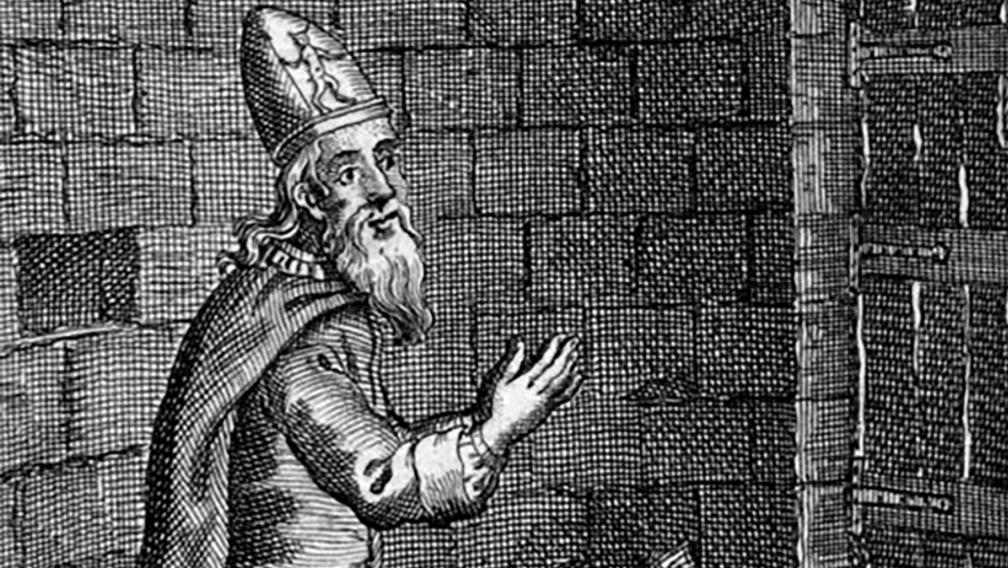Elias Neau and Trinity's Outreach to Native Americans and the Enslaved

Elias Neau, also known as Elie Naud, is an important figure in the Episcopal Church and is commemorated as a “witness to the faith.” He and his wife Susanna are buried in Trinity’s north churchyard, near the Astor Cross. After being persecuted in France for his Protestant beliefs, Neau became an English citizen and settled in America. In New York, he felt God calling him to help enslaved Blacks and Native Americans. Having once been imprisoned in France’s infamous Chateau d’If, Neau worked hard to secure the spiritual education of vulnerable populations.
In 1704, Neau used funding from the Society for the Propagation of the Gospel to start a school for enslaved persons in New York City, then a small village at the southern tip of Manhattan Island. While at first Neau could only visit the enslaved at the end of their workday, traveling from house to house, he eventually was able to open a classroom in his home. His students would kneel and pray at the start of the lessons, and then Neau would teach. Class would end with Neau and the students singing psalms and praying.
As one might imagine, Elias Neau’s school met with opposition so, in 1706, Neau and his supporters succeeded in getting a law passed to assure those New Yorkers who enslaved Neau’s students that baptism and catechizing would not interfere with property rights. Yet, Neau’s classes were still blamed for what is called in many historical accounts the New York Slave Revolt of 1712. In 1713 a new law forbade enslaved persons from gathering in large numbers or walking outdoors at night without a lantern or candle, which made it more difficult to attend Neau’s school.
Guided by his love and connection to the Book of Common Prayer, Neau, who was a Huguenot (French Protestant), became a member of Trinity Church and served on its Vestry from 1705 to 1713. In partnership with Trinity’s first rector, the Rev. William Vesey, Neau and his students convened in Trinity Church’s steeple on Wednesdays, Fridays, and Sundays. The Rev. Vesey would also teach and baptize those who wished to enter the faith.
In less than 10 years, Neau had 200 pupils, and shortly after his death in 1722, the Vestry minutes of Trinity Church reported that a “considerable number… of [1,400 slaves] by the Society’s charity have already been instructed in the principles of Christianity, have received Holy Baptism, are communicant of our Church, and frequently approach the altars.”
Neau’s life’s work was continued by Trinity Church and other teachers, and in 1788 the first of many African Free Schools was established by the Manumission Society of New York on land donated by Trinity.
The Episcopal Church honors Elias Neau each year on September 7.

